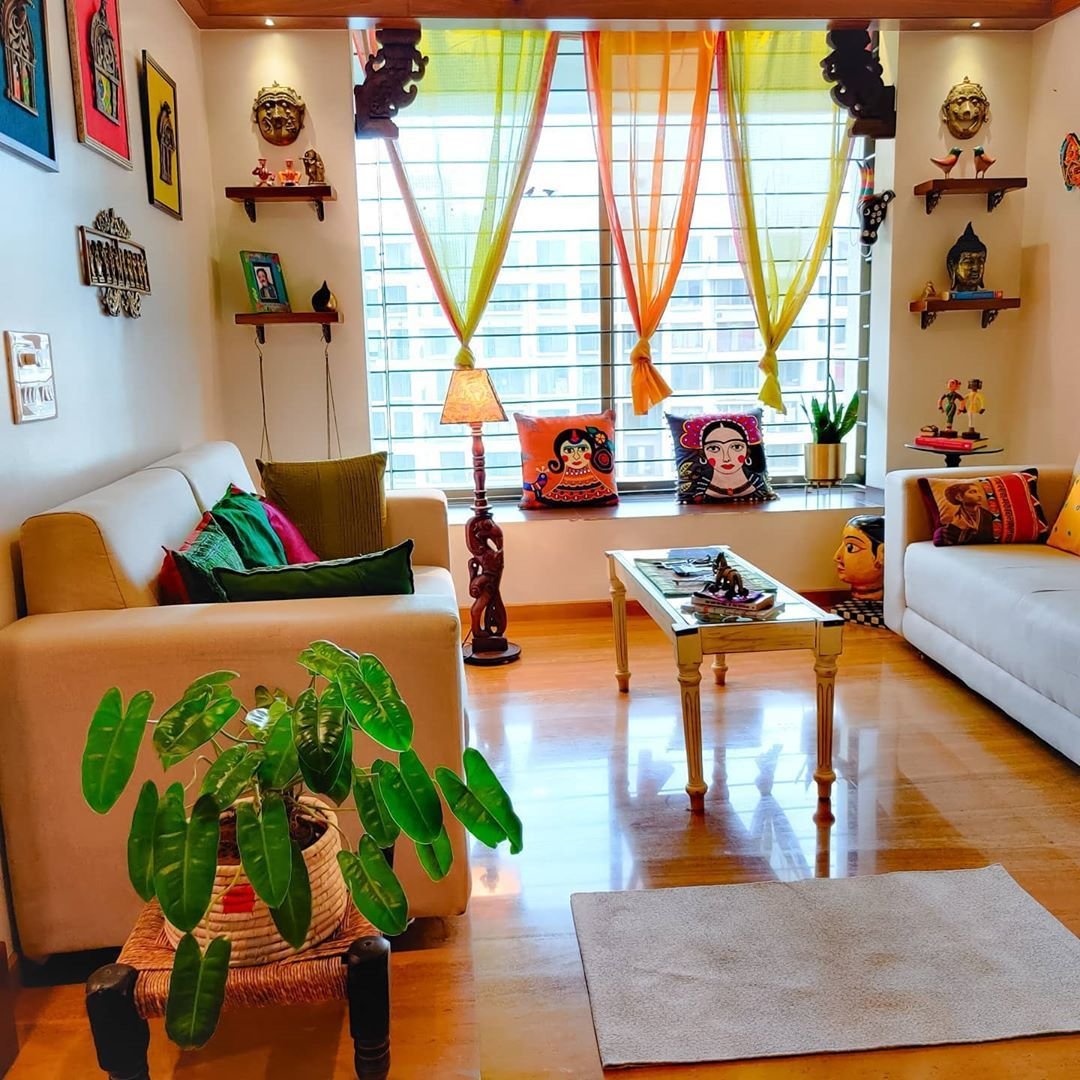How to Incorporate Natural Elements into Your Home Decor
Master the Art of Layering Textures in Home Decor for a Cozy Atmosphere
The ability to effectively layer textures within home style is a nuanced skill that considerably adds to a cozy and inviting ambience. The option of complementary appearances, from soft materials to natural components, is important in accomplishing this balance.

Comprehending Structure Fundamentals
When it pertains to home design, understanding the basics of texture is crucial for developing a harmonious and inviting area. Texture refers to the tactile top quality of surfaces and can substantially affect the overall visual and feel of a room. It includes a selection of elements, including products, patterns, and surfaces. By attentively layering structures, you can include depth and rate of interest, properly changing a uninspiring and flat setting into one that is relaxing and aesthetically interesting.

Choosing the Right Products
Choosing the appropriate products is critical in accomplishing a well-layered texture in home design. The option of products not only influences the general visual but likewise affects the convenience and functionality of the area. When considering appearances, prioritize all-natural fibers such as cotton, woollen, linen, and silk, which supply warmth and a tactile quality that synthetic materials commonly do not have.
For furniture, select resilient materials that can stand up to wear while keeping their texture. Velour and chenille can add elegant depth, while canvas and denim provide an even more laid-back feeling. Including metal, wood, or rock can improve the tactile comparison, giving a grounded, natural component to your decor.
In addition, consider the weight and drape of materials when choosing curtains or tosses. Much heavier materials can develop a relaxing, covering atmosphere, while lighter alternatives can preserve an airy feeling. Accessories like cushions and carpets can present different textures and patterns, improving the general layered effect. Inevitably, the appropriate product choices will balance with your style vision, developing a space that really feels inviting and cohesive. Thoroughly curating these components will dramatically add to the setting of your home.
Layering Strategies for Depth
Efficient layering strategies are necessary for creating depth in home decor, transforming a level room right into one that feels abundant and welcoming. To achieve this, start by incorporating different appearances that contrast yet complement each various other.
Next, think about the use of carpets. Layering rugs can effectively specify locations within a room, adding warmth and dimension. A larger, neutral rug can work as a base, while a smaller, patterned rug adds prime focus. Purposefully positioning toss pillows with varying structures original site and dimensions on sofas or beds can improve depth and comfort.
On top of that, incorporate architectural elements such as shelves or framed artwork to create vertical layers. This not only draws the eye upward however additionally offers chances to present added textures with attractive things presented on the racks.
Shade Sychronisation and Structure
In the realm of home decor, achieving consistency in between shade and texture is vital for developing a cohesive and inviting atmosphere. When thoughtfully coordinated, shade and structure can raise the visual appeal of a space, creating depth and passion.

Following, focus on structure. Soft fabrics like velour or bed linen juxtaposed with tough materials such as wood or metal produce a vibrant interplay. For example, a luxurious velour couch coupled with a streamlined, metal coffee table presents a tactile contrast that welcomes touch and expedition.
Furthermore, layering various structures-- like a woven carpet under a smooth table-- can better enrich the room. Bear in mind to maintain a cohesive appearance by limiting the number of structures and shades, which helps stop visual turmoil. By understanding the art of color sychronisation and appearance, you can create an atmosphere that really feels both unified and inviting.
Seasonal Texture Transitions
As the seasons modification, so also ought to the appearances within your home to reflect the progressing environment and state of mind. Transitioning your decor from one season to one more can develop a feeling of freshness and comfort, improving your space's total charm.
In spring and summer season, welcome lighter textiles such as linen and cotton. These products promote a breezy feel and can be enhanced with dynamic patterns or subtle textures like embroidered details. Incorporate airy throw cushions and light-weight blankets to maintain a feeling of leisure.
As fall strategies, think about presenting heat through richer textures. Wool, velour, and larger knits can give convenience and coziness. Opt for earthy tones and split fabrics like chunky weaved tosses or luxurious velvets to create a welcoming atmosphere.
Winter months requires an even much more indulgent strategy. Include layered textures with fake fur, thick wool, and deluxe products - Home decor. These elements not just add depth to your style yet likewise welcome heat check this during cooler months
Verdict
In verdict, grasping the art of layering textures in home decoration substantially contributes to imp source developing a relaxing environment. By understanding structure basics, picking proper materials, using efficient layering techniques, and working with shades, a harmonious and inviting room can be accomplished. Furthermore, adapting structures seasonally enhances the overall visual and convenience of the home. This thoughtful method not only improves the visual charm but likewise cultivates an environment helpful to relaxation and wellness.
The capacity to efficiently layer appearances within home style is a nuanced skill that substantially adds to a cozy and inviting atmosphere.When it comes to home design, recognizing the principles of texture is vital for producing an unified and welcoming room. By mastering the basics of structure, you lay the foundation for more innovative layering strategies, leading to a well-curated and welcoming home decor scheme.
Selecting the best materials is vital in attaining a well-layered appearance in home decor.In final thought, grasping the art of layering structures in home decoration dramatically adds to developing a comfy ambience.